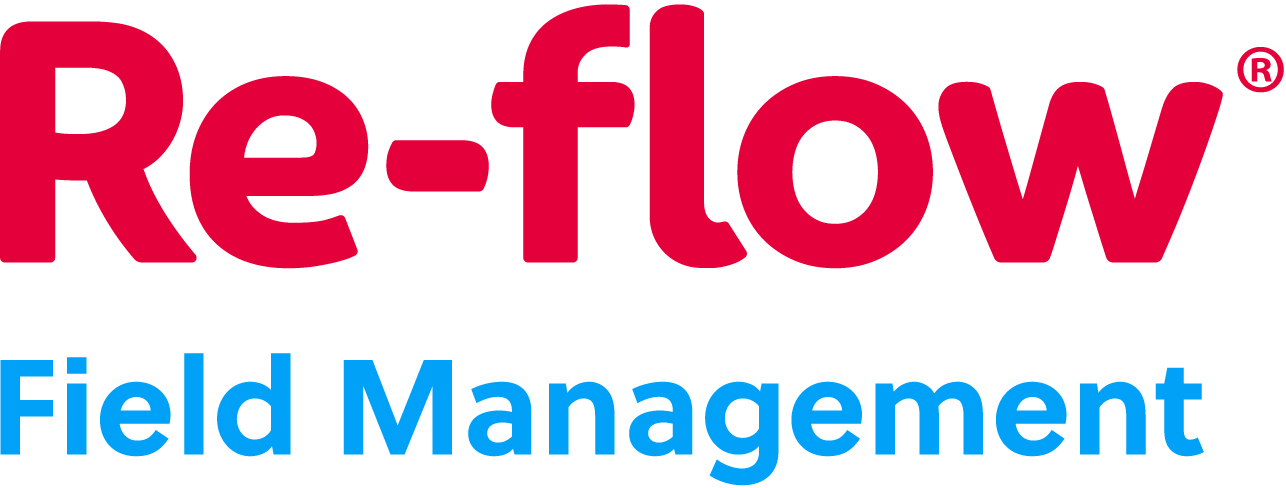
News
Efficiency vs Productivity – How to Strike the Right Balance in Business


Many businesses struggle to find a balance between productivity and efficiency – and no they aren’t the same thing. So what is the difference between the two, and how do you strike the right balance?
Efficiency - refers to the quality of work and how well allocated resources are utilised.
Productivity – is the volume of output over a set period.
Productivity can be quite abstract and tends to be influenced by a variety of outside factors beyond the control of a business, such as the state of the economy and competitors. Nonetheless, obtaining an estimate can help managers appropriately allocate resources and plan ahead. The basic formula for productivity is the following:
Productivity = Total Output / Total Input
If productivity is about maximising the amount of work product, then efficiency measures the quality of it. To do this, you need a standard to measure it against. With that, you can measure efficiency using the formula:
Efficiency = (Standard Labour Hours / Amount of Time Worked) * 100
Productivity can sometimes take precedence over efficiency. The need to complete a large volume of work, in a set time period, to turn a profit can mean businesses aren’t effectively utilising their resources and sacrificing efficiency.

Appropriate allocation of resources and labour is key to ensuring efficiency and productivity on-site.
Inefficiencies, although sometime minor issues, can add up. A few lost minutes here, a manual process there, and they can amount to large losses both in time and money.
Inefficient workflows can lead to:
- Returning to a job - re-doing rushed, poor-quality work, means resources are being siphoned away from other projects. In extreme cases, this can come at the cost of clients and contracts, which has a direct effect on staff morale and employee retention.
- Wasted work hours – manual processes can take double the time meaning less hours on the worksite and delays to the job.
- Misplaced resources – not keeping track of all equipment and vehicles means time lost in tracking down what is needed for a certain job. Also, if defects aren’t logged, precious time and money is spent on delays in works and finding a replacement.
- Scheduling clashes – if you don’t have information about jobs, upcoming and ongoing, all in one place, this can lead to clashes, double bookings and even missed opportunities of new work.
- Customer dissatisfaction – in such a competitive market, upsetting a client can mean they will look elsewhere to meet their needs. Poor communication, delays and missed appointments could all be reasons a client loses faith in your business.
- Declines in worker safety - cut corners can lead to injury or in the worst cases death. In 2021/22, 36.8 million days were lost due to work-related ill health and non-fatal injuries.
That’s why optimising your company’s operational processes to improve efficiency is crucial to achieving sustainable business growth. Many businesses are now trading in their current processes for a digital field management solution. With a more efficient foundation that streamlines many repetitive administrative processes, teams on all sides of the business can benefit from more time, where productivity can increase as well.

The main way field management software increases productivity is by automating repetitive admin tasks and streamlining workflows. Rather than physically transporting job packs, forms and communications to remote sites, instant communication between the dashboard and app components of the system allows users to receive all necessary work information through their mobile device.
With digital form completion through said app, automated workflows can be triggered based on submitted data. This means actions such as recording vehicle defects or scheduling servicing no longer need to be done by a staff member, enabling resources to be diverted elsewhere.
Meanwhile, efficiency is also improved. Asset management ensures that equipment is serviceable, workers are properly qualified to carry out work, and materials are being properly accounted for and stocked as needed. Enabling compliance through forms helps reduce errors in reporting. This, coupled with evidencing work through capture, sign-off, and tracking ensures work is completed to standard. All this feeds into live data reports, facilitating forward planning and data-driven decisions that help to measure and improve efficiencies across the business.
To summarise, productivity is measured by the quantity of work done, while efficiency is measured by the quality of this work. Neglecting one in favour of the other can have serious consequences but luckily, the increased adoption of new technologies is offering an accessible way for businesses to find that healthy balance and grow sustainably.
Discover the right balance between efficiency and productivity with field management software.



